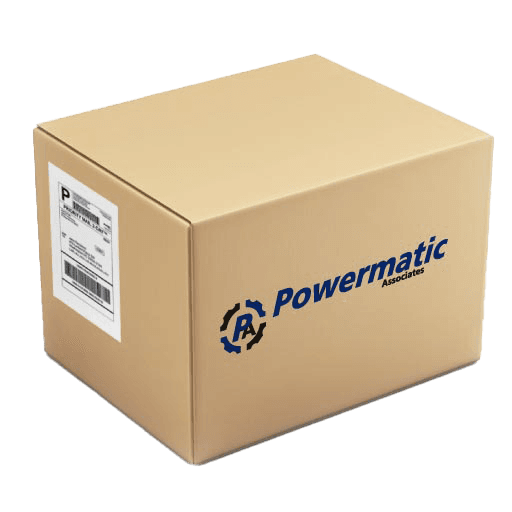| 572606 input module CPX-L-16DE-16-KL-3POL Dimensions W x L x H: (* (including interlink... | Festo | | |
| 4080493 analogue input module CPX-E-4AI-U-I Dimensions W x L x H: 18,9 mm x 76,6 mm x 12... | Festo | | |
| 8086600 digital input module CPX-AP-I-8DI-M8-3P Dimensions W x L x H: 30 mm x 170 mm x 3... | Festo | | |
| 526705 electrical interface CPX-CP-4-FB Connection of all CP modules to the CPX valve t... | Festo | | |
| 4252744 controller CPX-E-CEC-M1-EP Dimensions W x L x H: 75,9 mm x 124,3 mm x 82,5 mm, G... | Festo | | |
| 195704 manifold block CPX-AB-4-M12X2-5POL for modular electrical terminal CPX. Corrosio... | Festo | | |
| 2735960 bus node CPX-FB37 for modular electrical terminal CPX. Dimensions W x L x H: (* ... | Festo | | |
| 2149714 bus node CTEU-CP Dimensions W x L x H: 40 mm x 91 mm x 50 mm, Grid dimension: 40... | Festo | | |
| 4252741 controller CPX-E-CEC-C1-PN Dimensions W x L x H: 75,9 mm x 124,3 mm x 82,5 mm, G... | Festo | | |
| 4080492 digital input module CPX-E-16DI Dimensions W x L x H: 18,9 mm x 76,6 mm x 124,3 ... | Festo | | |


















